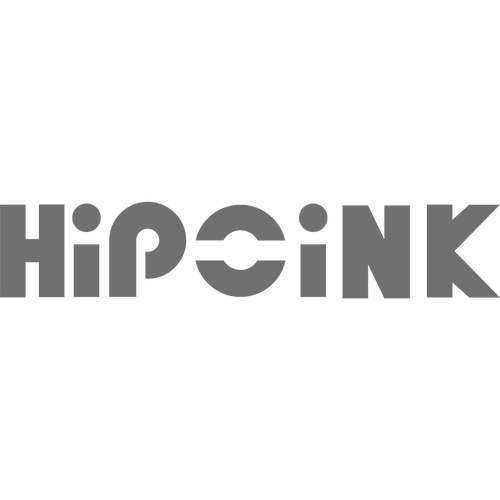Reading e-books has long been a part of everyone’s life. Convenient and lightweight e-books are more portable. E-readers are not limited to traditional devices such as computers and mobile phones. The emerging e-book readers are gradually accepted by us. e-paper electronic ink technology is one of the most famous products now, and his appearance has made e-book readers no longer the only one with LCD screens.
What is an e-paper screen
An e-paper screen is a screen that uses e-paper. Compared with other display technologies, e-paper has better reflectivity and contrast. They look like ink on paper, a medium that people feel comfortable reading and working with.
In the 1970s, Japan first developed electrophoretic display technology, but the early technology was still immature, and the products had some defects such as short life and instability. In the middle and late 1990s, at the end of the 20th century, the American e-paper Company invented electrophoretic ink (also known as electronic ink) by using electrophoresis technology, which greatly promoted the development of this technology.
The principle of electronic ink screen
The technical principle of the ink screen is quite peculiar. A large number of “microcapsules” are attached to its surface, which encapsulates black particles with negative electrons and white particles with positrons. Changing the charge can make the particles show different arrangements. See the text, pictures and other display content.
The e-paper screen only consumes power when the screen is refreshed. If the screen refresh rate is higher when reading, the battery life will be shorter; otherwise, the battery life will be longer. Therefore, when the charge does not change and the picture is still, it does not need to consume power when displaying content.
The difference between e-paper screen and LCD liquid crystal screen
The traditional electronic screen display is to adjust the liquid crystal molecules in each independent pixel through voltage, and then achieve the effect of displaying different colors and pictures. Because the liquid crystal molecules of the screen need voltage to maintain the state, continuous power supply is required to maintain the display.
The different display mechanisms of the two are also very intuitive in terms of user experience.

To put it simply, the ink screen is reflective, so the reading effect is very dependent on light, just like reading a paper book, you must rely on light to assist reading at night. The electronic screen is powered, actively emits light, and is not affected by external light.
In addition, the characteristics of the ink screen also lead to the problem of “afterimage”, because every time the screen is refreshed, the screen particles need to be rearranged once, so once the screen is clicked, the screen will flicker once in the visual experience, and most users do not Love this setup.
Advantages and disadvantages of e-paper screens
The advantage of the e-paper screen is that the display effect is highly similar to the reading experience of paper, which is suitable for reading for a long time. It is more comfortable for users to use and protects the eyes than the traditional display screen, and it is very power-saving.
Although the ink screen has huge advantages for reading, its disadvantages are also obvious. Due to cost constraints and e-paper’s patented ink screen technology, the ink screen is more expensive. In addition, due to technical limitations, the ink screen has not made great breakthroughs in color and dynamic display, which means that the application scene of the ink screen is very small, and it can only meet the reading needs of the user’s text part.
The future of e-paper screens
In the technology industry, the rapid advancement of technology can quickly discard everything that is out of date. Stories ranging from booming to rapidly debilitating are constantly being played out. But on the ink screen, the rhythm seems to change. By many metrics, it appears to be a product of an era that should be eliminated. But under the reading demand, it successfully survived. It is undeniable that the ink screen is not the mainstream, but there is still no perfect substitute for it. For a long time, it will maintain a small and beautiful status.
At present, the technology of the ink screen is not yet mature, which limits its functional innovation and market popularity. However, it is certain that the e-paper technology will continue to improve. I believe we will see large size in the near future. The color e-paper screen, which will not only improve the existing product display effect, but also have applications in outdoor advertising, road stop signs, etc. It is foreseeable that these new technologies will provide users with another interesting way to communicate and obtain information, which is not only closely related to users’ lives, but also changes people’s lives.


